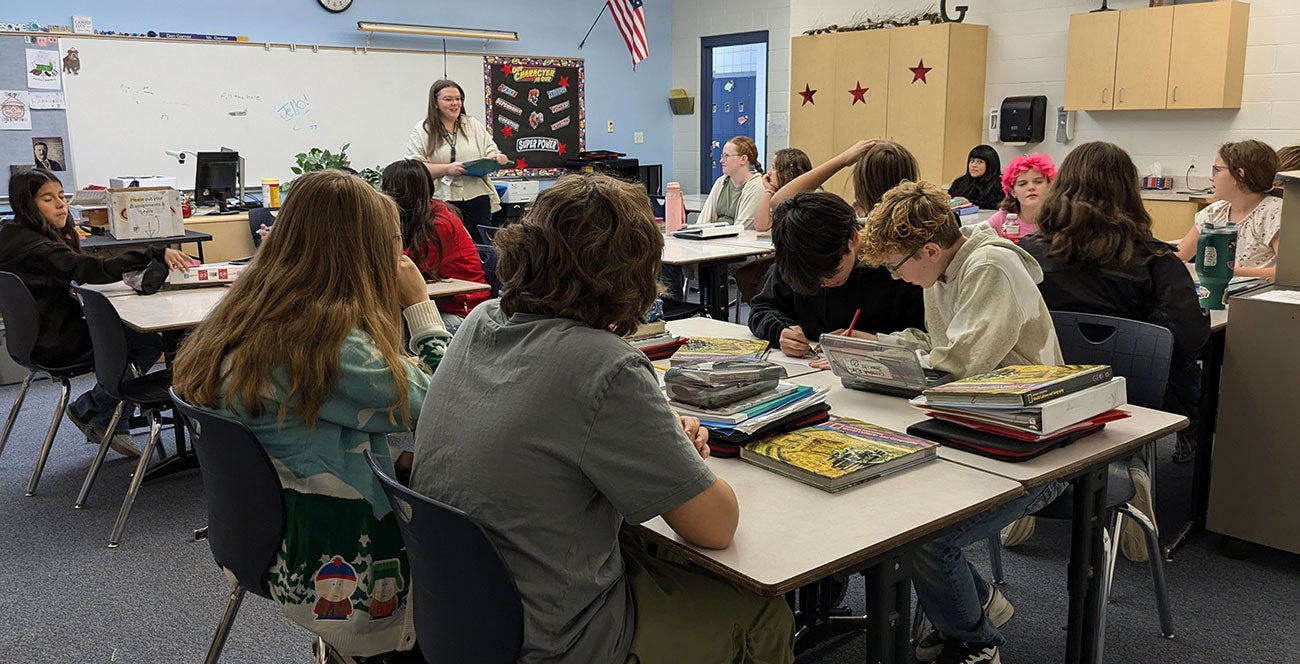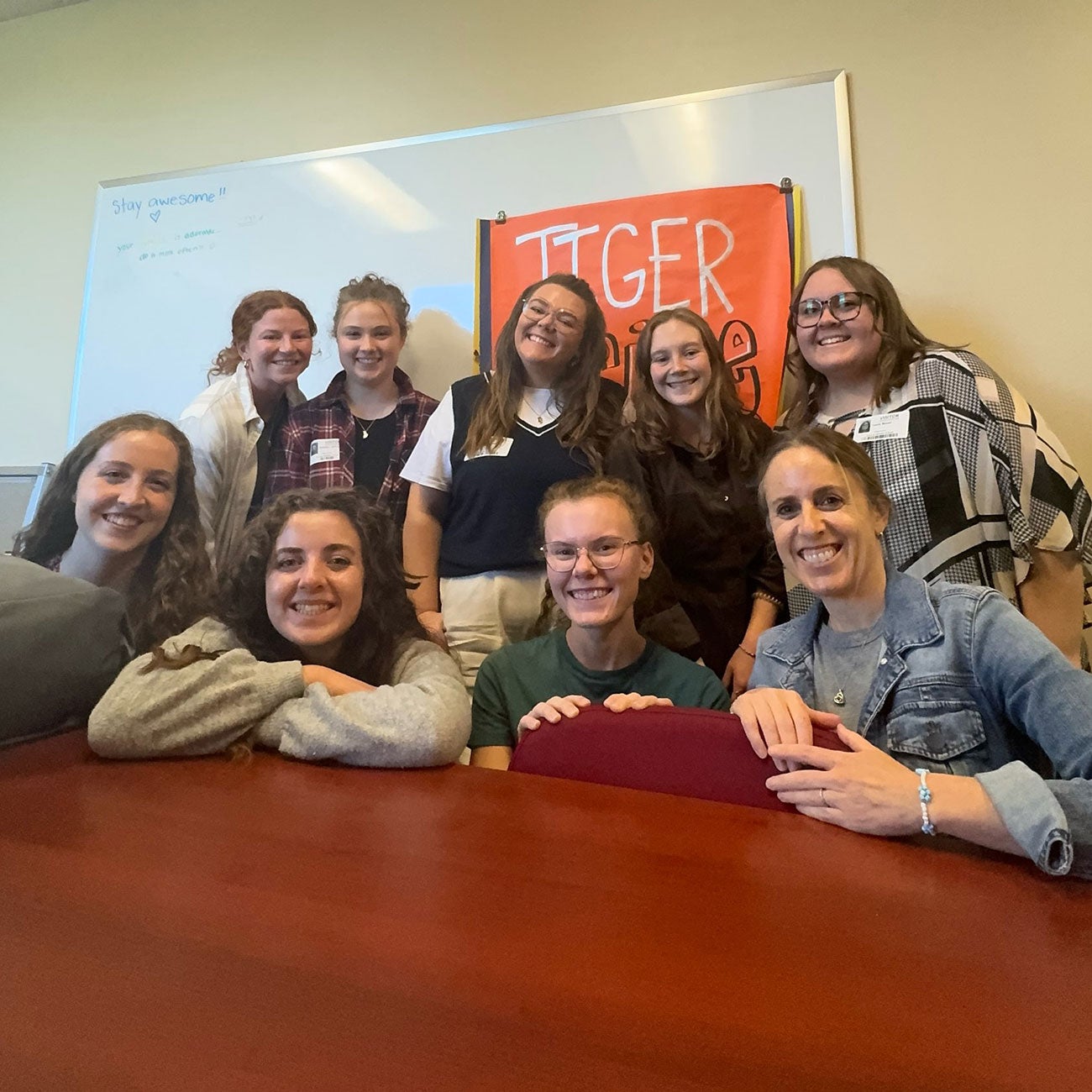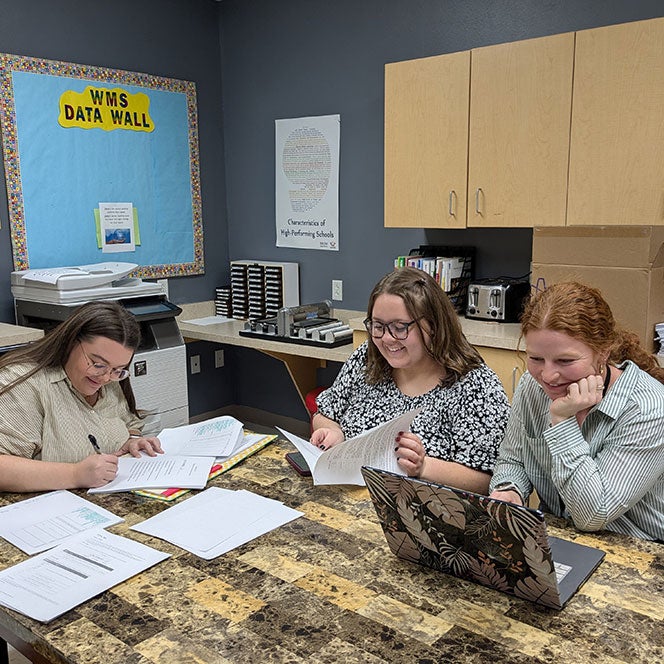
What started as a service project more than a decade ago is rapidly becoming a useful tool for schools, school counselors and teachers worldwide looking to solve a common, and very damaging, problem: classroom, schoolyard and online bullying.
The tool, a suite of peer-based intervention techniques referred to as STAC, was developed by department Chair and Professor Aida Midgett and graduate students. Over time, Midgett has refined the tool with an eye to under-resourced schools and school districts that often don’t have the staff, time and/or expertise to undertake the type of effort weeding out bullying can entail. In particular, the program can have outsized impacts at rural schools, of which Idaho and neighboring states have dozens.

Midgett, collaborator Diana Doumas, a Boise State distinguished professor, director for the Institute for the Study of Behavioral Health and Addiction and licensed professional counselor and psychologist, and their graduate students have tapped into federal grant money and harnessed the resources of an industry partner in Colorado to gather data, survey the literature, put together focus and usability groups, conduct pilot testing and efficacy trials and refine multiple versions of both the intervention suite and assessment screens. They are currently working with schools in Idaho, Vermont and Mississippi to test an online version of STAC.
Midgett has been with Boise State since 2009; formerly with the College of Education, her department joined with the College of Health Sciences before the fall 2024 term began. And while she and colleagues have been developing and refining the STAC intervention for more than a decade, the work is at a pivotal point: testing to see just how effective it might be delivering through online modules.
Making a difference worldwide

They know it works in person. Evaluations over time have proven STAC’s value in terms of reduced victimization and perpetration, reduced anxiety, reduced suicidal ideation, reduced substance use, improved self-esteem, improved mental health and improved school belonging. What started as a simple ask to solve a problem at a local junior high school is now being requested by school counselors and administrators across the country, as well as researchers in Portugal, Indonesia, Turkey and elsewhere. STAC is copyrighted and Midgett makes it available for a sliding-scale fee while development and refinement continue.
By design, the intervention is meant to be peer-based, cost-effective and sustainable. With some training students can intervene in bullying using one of four simple techniques (the S, T, A and C of the intervention’s nickname), depending upon the context and situation, their own personalities and preferences, and considerations of safety:
- Stealing the show. A style of intervention in which the student distracts the bully and diverts the focus away from the target of the bullying, through humor or conversation, engaging the bully and redirecting the unwanted attention.
- Turning it over. Seeking the aid of a trusted adult.
- Accompanying others. Befriending and supporting the target in affirming ways such as inviting the targeted young person to sit with a group at lunch or walking to class with the student.
- Coaching compassion. For older students who can leverage social status and influence to persuade the bully to soften their stance and modify their behavior.
“Our goal is to empower students to know what to do,” Midgett said, “and when they know what to do, they can decrease bullying and have improved mental health.
“The results have been very encouraging.”